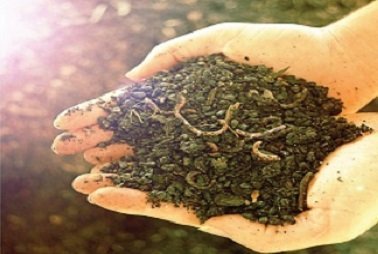Sirromet No Ordinary Winery

Sirromet is renowned for producing award winning wine from Queensland’s Granite Belt but the winery takes just as much care with its waste management and impact on the environment as it does with its wine production, recently relocating and installing a new $700,000 waste treatment facility on the Mount Cotton property. The new fully computerized waste treatment facility has taken 15 months to install and has the capacity to process 50,000 litres of waste per day, with a holding capacity of 350,000 litres. Chief Winemaker and Project Manager Adam Chapman has developed Sirromet’s waste system and eco department over the last 17 years to ensure the winery is sustainable. Mr Chapman said the waste treatment facility pours 58,000 litres a year of old sludge onto drying beds which are designed to evaporate 85 per cent to atmosphere, with the balance sent to Sirromet’s worm farm. “Everyday waste management such as placing rubbish into the waste bins and rates for sewage and water usage all comes at a cost,” he said. “At Sirromet we want to put money into developing new waste and eco strategies to enhance the environment and at the same time reducing our annual costs for waste removal. “Our waste water plant treats and reuses approximately 7.6 million litres of water a year and we use this recycled water to water the plants and vines on the property. Our worm farm not only treats the carbon based waste from the dry sludge, but our worms also take care of 150 tonnes of skins and stems from the winery annually.” Along with compressing and reselling 40 kilo bales of plastic up to 40 times a year and recycling approximately 250,000 glass bottles a year, the winery has 800 solar panels spanning two buildings, generating 200 kW of solar power, enough to run 50 households. Mr Chapman said Sirromet is no ordinary winery or production facility. “We are constantly redeveloping our processes and are looking to the future to ensure we remain as sustainable and accountable to the environment as we possibly can,” he said. “Looking to the future of wine production, we are beginning to adopt Life Cycle Analysis (LCA), which is popular in the United Kingdom and is gaining awareness in Australia. By developing Carbon Labelling we will be able to show consumers what Sirromet is doing not only to help save the environment, but to show the full life cycle of a bottle of wine’s production and also express in grams per litre the carbon dioxide equivalents.” In addition, Sirromet utilises a cogeneration system in the winery fridge plant, circulating approximately 30,000 litres of 55oC hot water back into the feed of the gas water boilers, saving over $100,000 a year. Mr Chapman said the winery has also adopted temperature saving designs with double concrete thickness flooring to prevent warmth increase from the earth through the floor, as well as air tunnels on the storage building allowing any heat to be sucked out of the roof space before entering into the storage facility. “Most wineries in Australia would use approximately 3-4 litres of water per litre of wine in processing. At Sirromet we only use approximately 1.7 litres per litre of wine processed.” Mr Chapman said most businesses and homes can achieve an impressive level of sustainability if they put their minds to it, but at Sirromet they always strive to go above and beyond.

